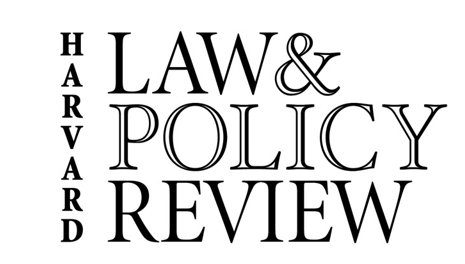By Arusha Gordon
Last month marked the 50th anniversary of Bloody Sunday, commemorating the marches in Selma that led to the passage of the Voting Rights Act. The fight for the Voting Rights Act was in large part successful because the atrocities of Bloody Sunday were caught on camera and broadcast around the world. Images of tear gas, horses, and screams of peaceful protestors streamed into living rooms, disrupting a complacent white America, and spurring political leaders to action. And while social media today provides unsurpassed opportunities to shed light on race-based atrocities – whether they be the over-militarization of police in Ferguson or the beating of a UVA college student for using a fake ID to get into a bar – the media cannot capture the many unconscious forms of bias people of color are subjected to daily.
The study of unconscious, or implicit, bias has grown in recent years. This research shows that unconscious bias subjects non-whites to significant adverse effects in vital aspects of everyday life:
- In employment, research shows that job applicants with Black sounding names may be up to 50 percent less likely to receive an offer for an interview as an applicant with the exact same resume but with a White sounding name.
- In criminal justice, researchers have found that Black defendants with lighter skin tones receive more lenient sentences and serve less time than Black defendants with darker skin tones.
- In education, research shows that professors are more likely to respond to email requests to meet with a student when sent from a white student than a non-white student.
- In health, researchers have found that, even when explicitly trying to treat all patients equally, doctors were less likely to recommend thrombolytic drugs for black cardiology patients than for white cardiology patients.
Unlike the atrocities of Bloody Sunday, these everyday incidents of unconscious bias are typically not captured on camera. Thus, the challenge for today’s civil rights advocates is to identify new legal and policy strategies for dealing with the effects of unconscious bias.
Already, academics and practitioners have started the process of exploring ways to move courts to recognize implicit bias. Professor David Oppenheimer has suggested adopting a torts’ theory of negligence to encourage employers to change employment practices, which may be impacted by implicit bias. Other academics and practitioners have explored the role of expert testimony on implicit bias in discrimination cases. And still others have argued that judicial models in antidiscrimination law should be revisited so as to “remain continuous with progress in psychological science,” including research on implicit bias.
Although courts may reject evidence regarding implicit bias and unconscious reliance on stereotypes as inadmissible on grounds of relevancy, fit, and precision, this should not dissuade advocates. There is a sound basis in the rules and case law for including evidence of unconscious bias in virtually every discussion of racial discrimination. And, given its pervasive impact and devastating effect, there is every reason to press the argument vigorously.


Leave a Reply
You must be logged in to post a comment.